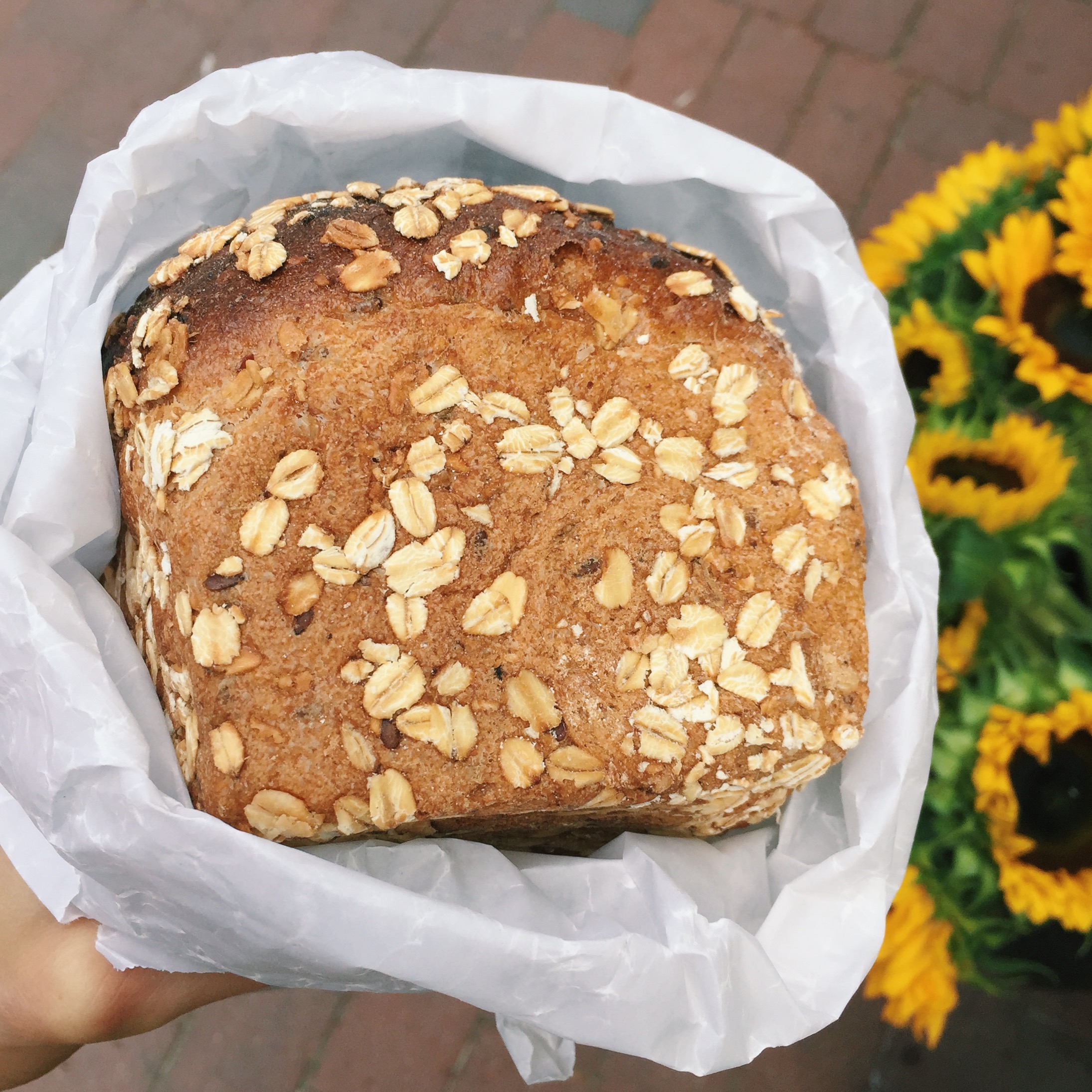Share This
Processed food gets a bum rap, but not all “processed foods” are created equal. There are actually a number of traditional processing methods that far pre-date today’s convenience foods and microwave meals. Last week, we explored the health effects of different milling processes, and this week, we’re investigating how some methods, such as fermentation or sprouting, can be used to leverage even more nutrition out of the grain, giving even greater health benefits to these little nutrition powerhouses. (Tune in next week for the final blog in our grain processing blog series, to learn about the how industrial methods such as extrusion, affect nutrition.)
Fermenting
Traditionally, bread was leavened using sourdough fermentation, with live, natural bacteria, rather than commercial yeast. Today, this customary way of baking bread is seeing a resurgence at artisan bakeries across the country for its characteristic tangy flavor, traditional roots, and promising health benefits.
As in other fermented foods (such as yogurt or wine), sourdough fermentation happens when microorganisms break down the sugars in the dough. These living microorganisms act as probiotics, microbes that stimulate the “friendly bacteria” in our gut, and are associated with numerous health benefits. Compared to commercial yeast breads, sourdough leavened bread produces a lower blood sugar response, meaning that it has a more gentle effect on your blood sugar. Sourdough fermentation can also be used in bread to lower the amount of FODMAPS, a specific group of carbohydrates that some people have trouble digesting (a problem often mistaken for gluten intolerance).
Journalists Michael Pollan and Michael Specter have both investigated the benefits of traditional sourdough baking on health, proposing whole grain sourdough breads as a more nutritious alternative to the average store bought loaf. This could be a win-win for customers and manufacturers alike, as research demonstrates that sourdough fermentation might also help improve shelf life naturally.
Sprouting
Sprouting grains, by soaking them until they develop a short, visible “sprout,” is rapidly gaining popularity among health conscious folks, and many people attest that sprouting makes grains “easier to digest.” While the effect on digestion is largely anecdotal, scientific studies are showing that the sprouting process may even further improve the nutrition of already healthy whole grains. (Sprouted grains are always whole grains; a grain that isn’t whole won’t sprout.)
Research on sprouted grains is still young, and the effects differ from grain to grain. However, studies thus far have produced promising results:
- Sprouted brown rice has higher antioxidant levels and 6-13% more fiber than unsprouted rice.
- Sprouted wheat has 3-4 times the folate of unsprouted wheat, as well as more fiber, free amino acids, and phenolic compounds than unsprouted wheat.
- The iron in sprouted millet is 300% more bioaccessible than that of unsprouted millet, meaning that it’s easier for your body to absorb.
- Sprouted grain bread invoked the mildest glycemic response compared to unsprouted breads, meaning that it had a more gentle impact on blood sugar.
Although people have been sprouting grains for generations, we’re working with manufacturers to establish best practices through our Sprouted Grains Working Group. As this area gains more research attention, we hope to report an even greater understanding of the health benefits of sprouted grains.
Here at Oldways, we often say, “Let the old ways be your guide to good health and well-being.” Seeking out whole grain sourdough breads or sprouted grains is a delicious way to honor the old ways of eating, and get a bigger nutritional bang for your buck. (Kelly)
This is the second post in our series on whole grains and processing. Click below to read the related posts in this series:


Comments
Add a Comment